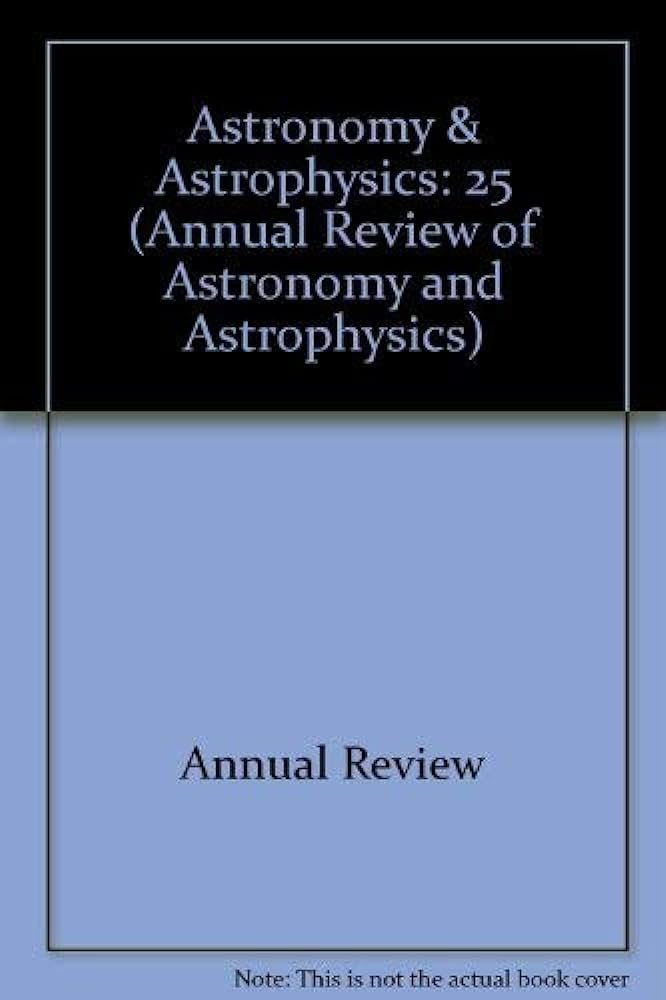恒星内部的角动量传输
IF 32.5
1区 物理与天体物理
Q1 ASTRONOMY & ASTROPHYSICS
Annual Review of Astronomy and Astrophysics
Pub Date : 2018-09-20
DOI:10.1146/annurev-astro-091918-104359
引用次数: 128
摘要
恒星在出生和死亡之间会失去大量的角动量,这意味着将其从核心输送到表面的有效过程是活跃的。空间星震学提供了一千多颗低质量和中等质量恒星的内部自转速率,揭示了以下内容:▪ 在核心氢和核心氦燃烧阶段,单个恒星几乎均匀地旋转。▪ 在红巨星阶段,恒星核心的自转速度比外壳快10倍。▪ 恒星氦燃烧核心的角动量与白矮星的角动量一致。观测显示,当恒星有对流核心时,核心角动量会大幅下降。目前的角动量输运理论无法解释这一点。我们建议用数据驱动的方法来改进理论,通过这种方法,从多维(磁)流体动力学模拟和理论考虑中得出的角动量处方将与现代观测结果进行不断的测试。TESS和PLATO太空任务有可能推导出大样本恒星的内部自转,包括双星和星团中的高质量和贫金属恒星。这将提供改进理论和模拟所需的强大观测约束。本文章由计算机程序翻译,如有差异,请以英文原文为准。
Angular Momentum Transport in Stellar Interiors
Stars lose a significant amount of angular momentum between birth and death, implying that efficient processes transporting it from the core to the surface are active. Space asteroseismology delivered the interior rotation rates of more than a thousand low- and intermediate-mass stars, revealing the following: ▪ Single stars rotate nearly uniformly during the core-hydrogen and core-helium burning phases. ▪ Stellar cores spin up to a factor of 10 faster than the envelope during the red giant phase. ▪ The angular momentum of the helium-burning core of stars is in agreement with the angular momentum of white dwarfs. Observations reveal a strong decrease of core angular momentum when stars have a convective core. Current theory of angular momentum transport fails to explain this. We propose improving the theory with a data-driven approach, whereby angular momentum prescriptions derived frommultidimensional (magneto)hydrodynamical simulations and theoretical considerations are continuously tested against modern observations. The TESS and PLATO space missions have the potential to derive the interior rotation of large samples of stars, including high-mass and metal-poor stars in binaries and clusters. This will provide the powerful observational constraints needed to improve theory and simulations.
求助全文
通过发布文献求助,成功后即可免费获取论文全文。
去求助
来源期刊

Annual Review of Astronomy and Astrophysics
地学天文-天文与天体物理
CiteScore
54.80
自引率
0.60%
发文量
14
期刊介绍:
The Annual Review of Astronomy and Astrophysics is covers significant developments in the field of astronomy and astrophysics including:The Sun,Solar system and extrasolar planets,Stars,Interstellar medium,Galaxy and galaxies,Active galactic nuclei,Cosmology,Instrumentation and techniques,
History of the development of new areas of research.
 求助内容:
求助内容: 应助结果提醒方式:
应助结果提醒方式:


